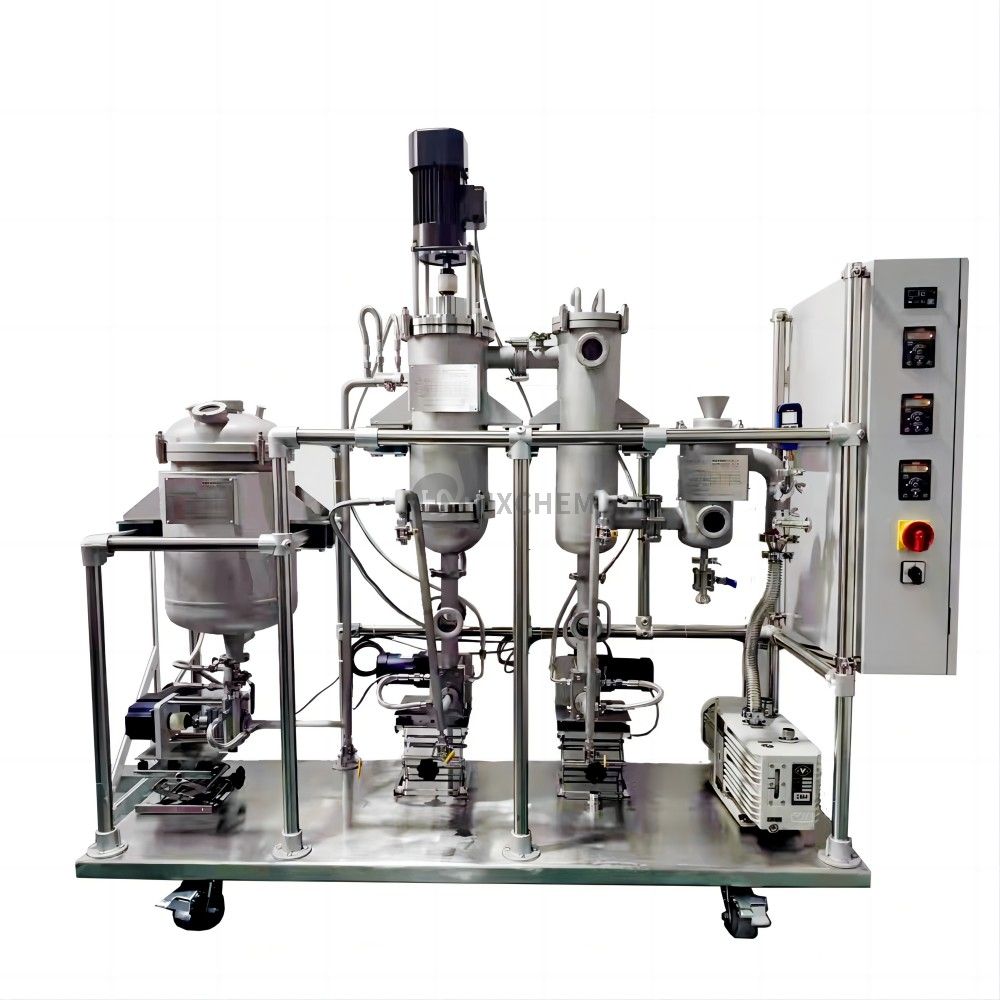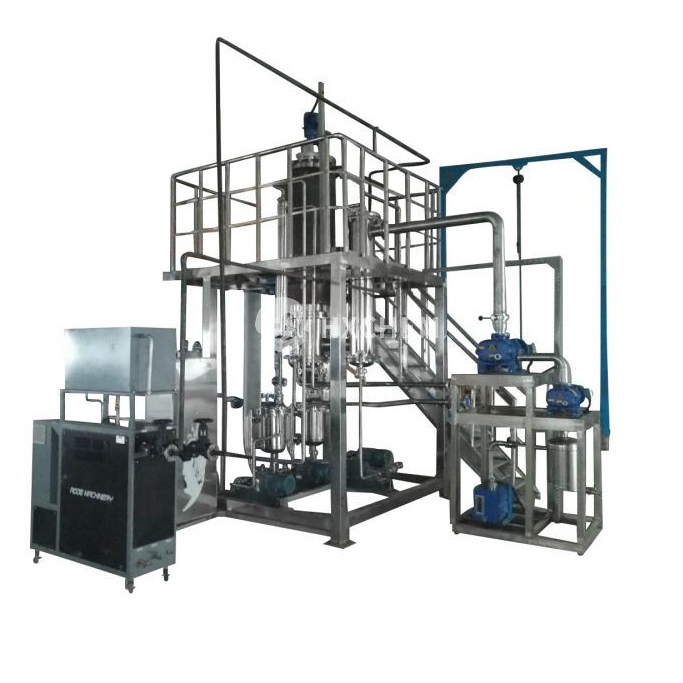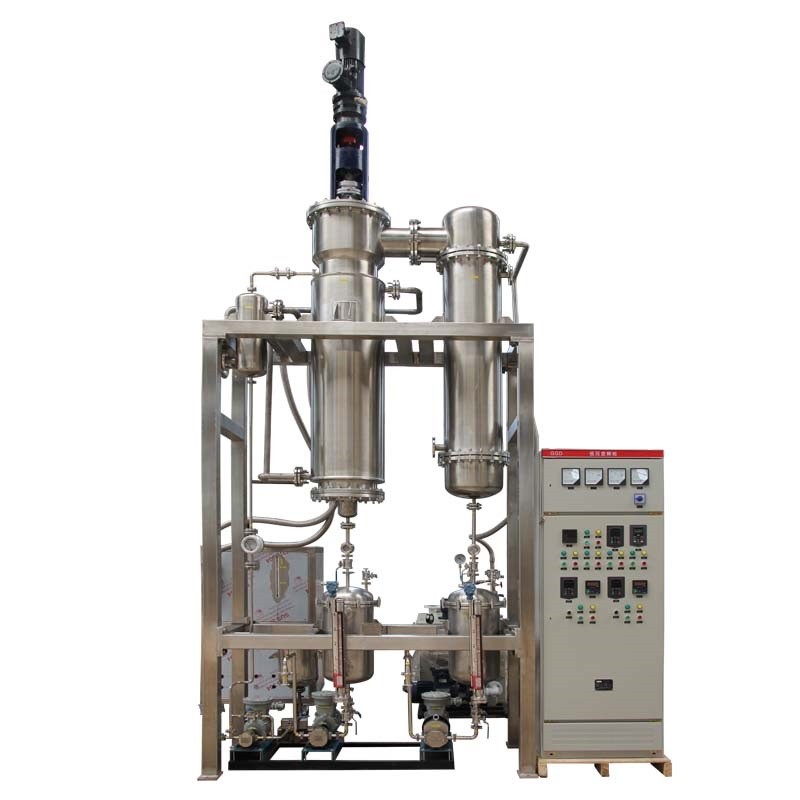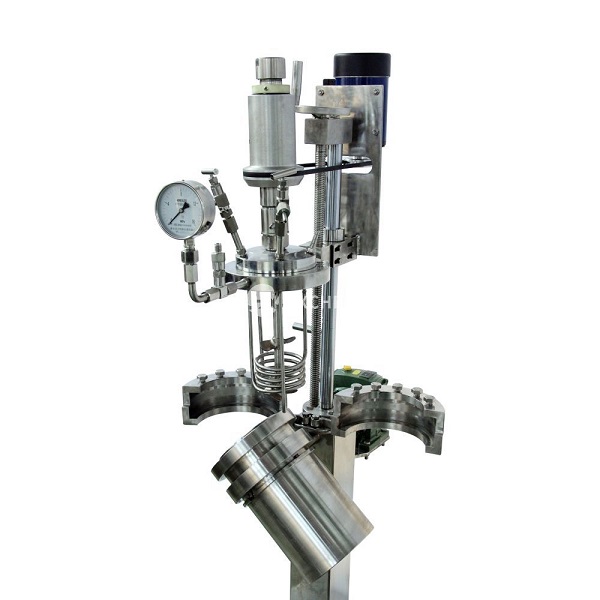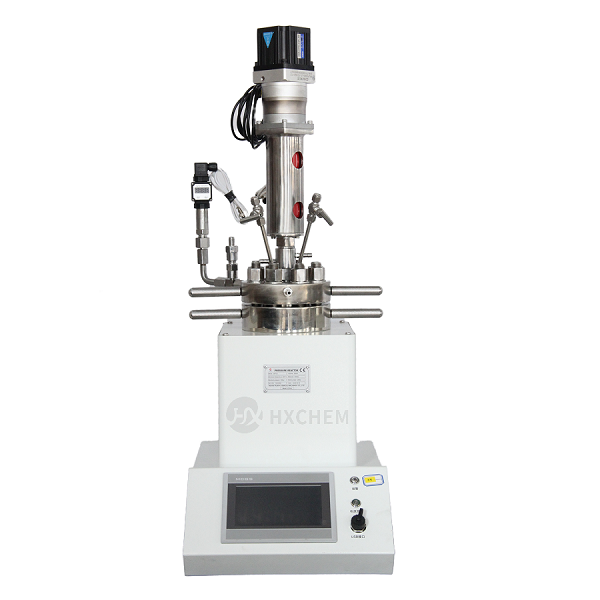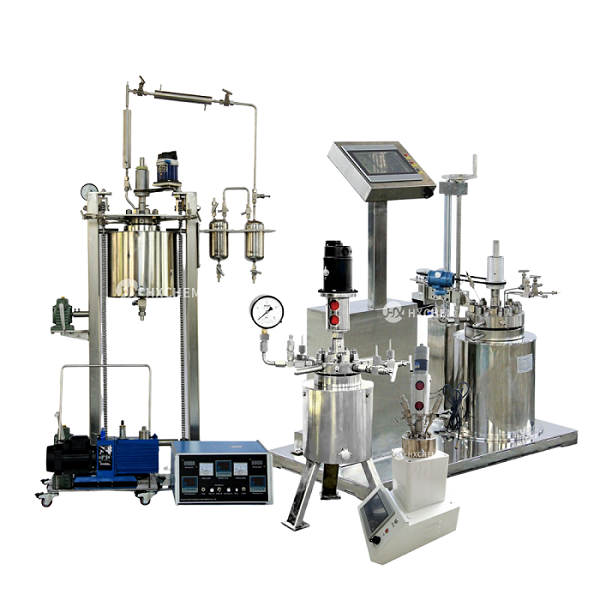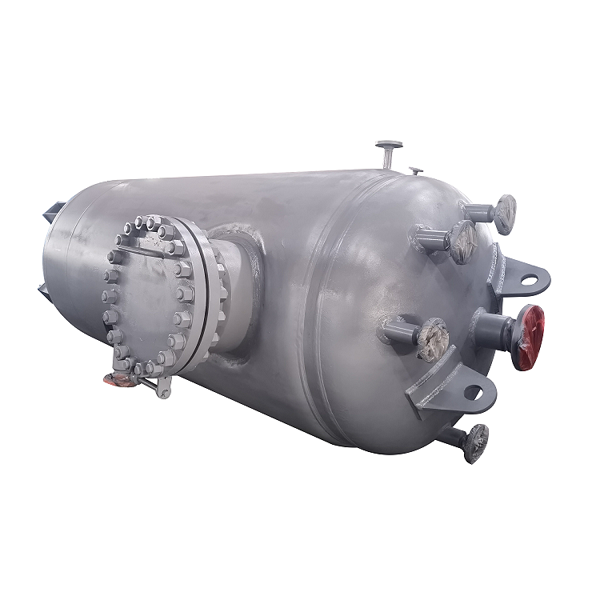Product recommendation
LABORATORY SHORT PATH DISTILLATION
Short path distillation (molecular distillation) is a thermal separation processes for heat sensitive products. Short residence time and low evaporation temperature will cause minimal thermal stress to the distilled product and consequently a very gentle distillation.
Vacuum is used in shorth path distillation to substantially decrease the boiling temperature by reducing the operating pressure. Short path distillation is a continuous separation process with a very short residence time (tens of seconds) compared to hours on other conventional separation processes such as continuous (circulation, film or distillation) or non-continuous (batch distillation) distillation processes. Unlike other distillation techniques, short path distillation is invariably applied for the separation of the high molecular weight organic components, where the other distillation methods lead to breakdown of heat sensitive molecules at high temperatures, i.e. above 200°C respectively.
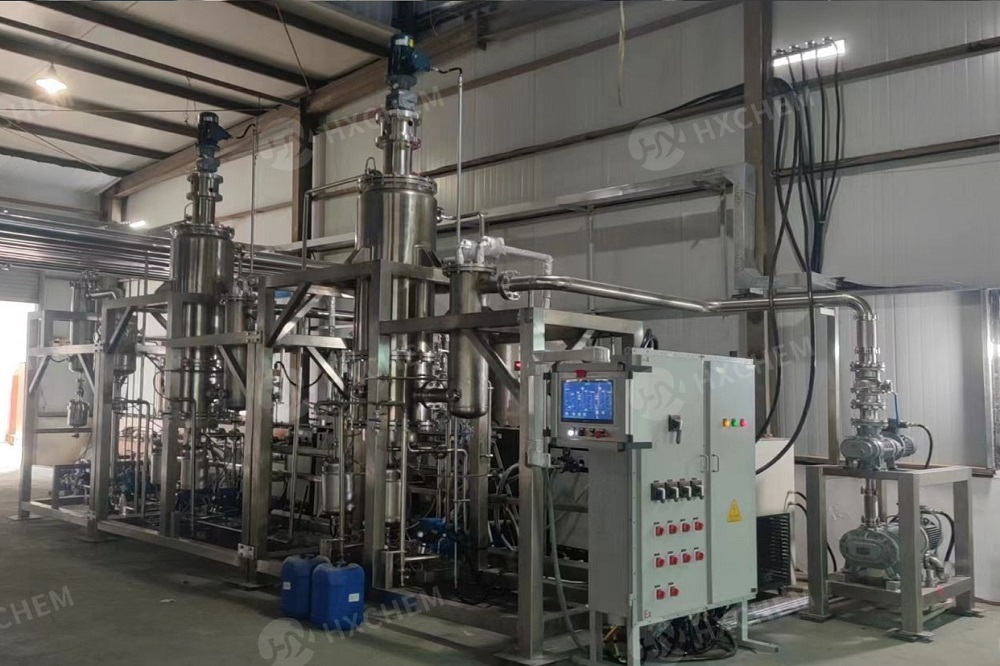
How to works?
A short path distillation unit is specialized equipment used to separate and purify liquids based on their boiling points. It employs the principles of distillation, a process that involves the vaporization and subsequent condensation of a liquid mixture to separate its components. What sets short-path distillation apart is the use of a short-path evaporator, which minimizes the distance between the heated surface and the condenser, thereby reducing the residence time and minimizing the chance of thermal degradation. The short path distillation unit (SPDU) operates on a similar principle to a thin film evaporator, with the key difference being the presence of an internal condenser within a rotor cage assembly.
The feed is introduced into the unit from the top and evenly distributed onto the inner surface of the shell, forming a thin film. A heating medium circulates through the jacket, causing the volatile components in the feed to evaporate. The vapors generated move across the rotor and condense on the internal condenser. This short vapor path eliminates pressure drop, enabling high vacuum evaporation at pressures as low as 0.001 mbar(a).
The distilled product and residue are collected separately through dedicated outlets.
Applications
Short path distillation, as well as evaporation, concentration and stripping are specifically employed for heat sensitive products such as:
PHARMACEUTICALS: APIs, natural and synthetic vitamins, stabilizers
FINE CHEMICALS & SPECIALITY:
Stripping of monomers from silicone oils, resins, & polymers, stripping isocyanates from prepolymers, stripping solvents and oligomers form all kind of resins
FLAVOUR AND FRAGRANCES; PETROCHEMICALS; PLASTICS
Please visit product page for more information
-
laboratory wiped film evaporation units
Lab wiped film evapoation and thin film evaporators consist of a cylindrical heating jacket and an inner rotating wiper system, distributing the product on the heating jacket as a thin and turbulent film. The turbulence in the wiped film increases the heat and mass transfer to achieve a high evaporation rate at short residence times, often within a single processing pass. The separated vapors are either condensed on an external condenser or further separated in a fractional column. Wiped film and thin film evaporation allow the handling of heat-sensitive, fouling and viscous products.
More


